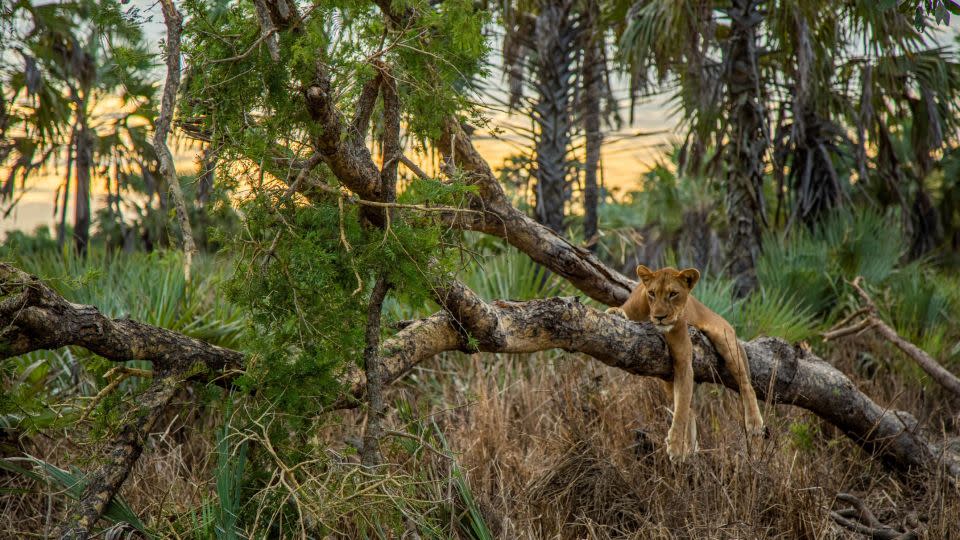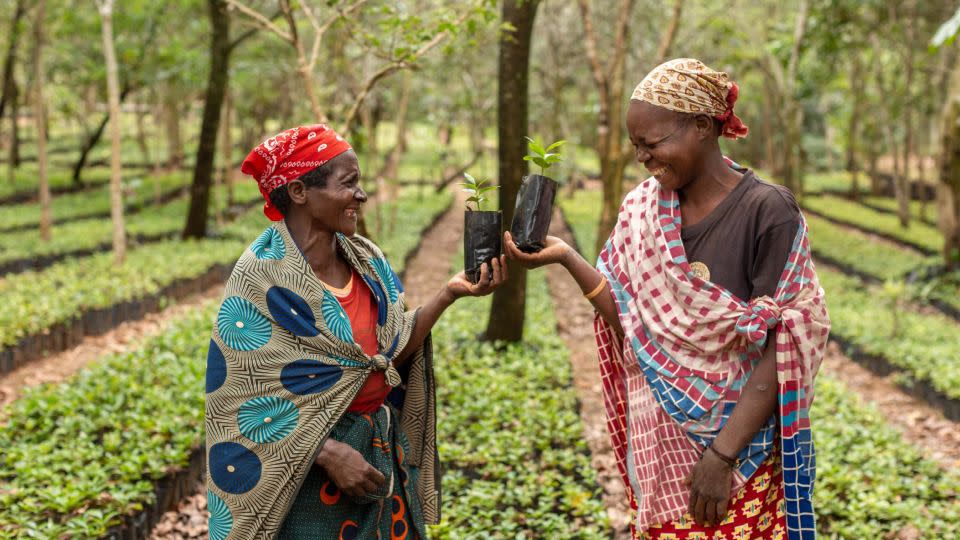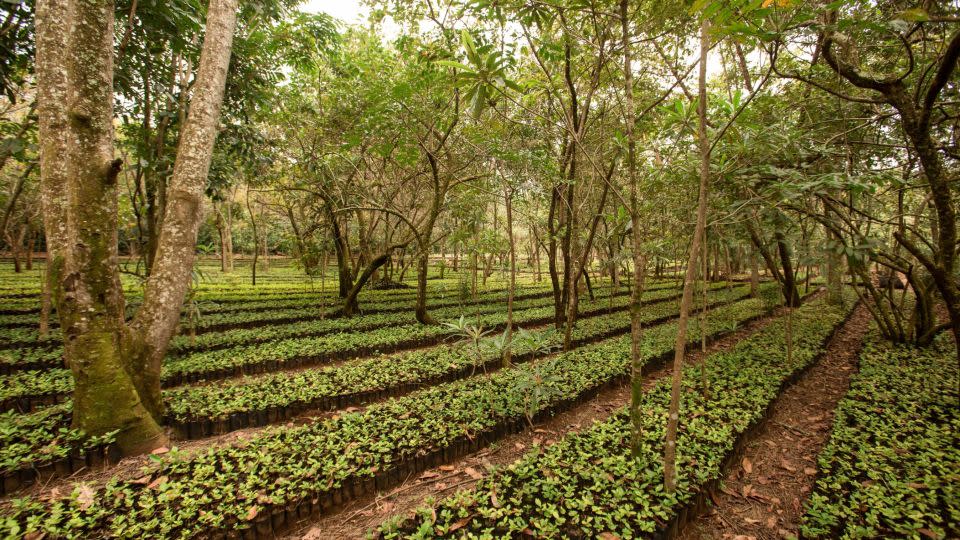How coffee is helping to restore this national park

Africa is widely considered the birthplace of coffee, and today, beans from Ethiopia and Kenya are renowned as some of the best in the world. But there’s an emergent player from the continent looking to make a name for itself: Mozambique.
This year, the country joined the International Coffee Organization, pledging to produce coffee in an environmentally friendly and ethical way.
Mozambique’s efforts to become a coffee powerhouse are thanks in part to the Gorongosa Coffee Project. Founded in 2013, it began with the objective of reforesting the national park it is situated in – a 1,500 square-mile (4,000 square-kilometer) area in the center of the country. It is home to around 200,000 people, as well as iconic African elephants and lions. Now, the coffee is also providing an extra source of income for the communities living there.

Juliasse Sabao, supervisor of the Gorongosa Coffee Project, says that before coffee came to the national park, many people there were subsistence farmers growing just enough maize, beans, and peas to feed their family, with little surplus to sell. But through the project, residents in the park were incentivized to grow coffee, and taught how to cultivate and harvest the crop in their fields. They were also given indigenous tree seedlings to plant alongside the crop, offering shade and windbreak to the coffee, while also helping to reforest the park.
Now, the coffee generates enough income for workers to “pay school fees, buy new uniforms, and buy basic necessities for their families,” Sabao says. “Their lifestyle is changing very fast.”
The project started with only 10 families, but in the 10 years it has been running, it has grown to have around 1,000 families working as farmers, roasters, pickers, and tasters. Sabao says that communities were initially hesitant about being involved: coffee was a new crop in the country, and not much was known about it. He noted a big change after the first successful crop was sold and the farmers turned a profit; word spread, and many more people joined the initiative.
Reforestation, coffee and communities
Sofia Molina, head of the Coffee Project notes that over time the coffee outputs “have slowly increased, not only in terms of volume, but also in terms of quality.”
Whilst the Gorongosa Coffee Project is a for-profit venture, Molina is certain about one thing: “production for the sake of profit is not sustainable for the future.” She believes that other motivations, such as reforestation and community participation, are vital.
Sabao shares this belief. “There was a program to grow native plants here in 2018, but it wasn’t successful because the community didn’t understand the importance. ‘For what benefit?’ was the question,” he says.

“So, we sat down and brought coffee as a catalyst for reforestation. They are happy now because they know if they grow coffee, they’ll get money and at the same time, the forest will come back.”
Reforestation is much needed. The park has faced severe degradation from natural disasters, human conflict and development, affecting the wildlife that lives there. Some creatures, like the Mount Gorongosa pygmy chameleon, endemic to the region, are threatened by habitat destruction, and regrowth and protection of the natural environment will help to protect the park’s biodiversity.
Growing education
“Coffee is a noble crop,” says Molina, adding that she has seen some communities’ annual revenue increase threefold since joining the project. “Done hand in hand with conservation, we have become the largest coffee producer in Mozambique,” and that, she says, is “a source of pride for the country itself.”
Some of the profits from the coffee sales go towards building new schools and training teachers in the park. Many of these schools have a particular focus on creating a safe space for the local girls, encouraging them to finish their studies and helping to prevent child marriages. After-school programs are also offered, which, as well as teaching the girls to respect the ecosystem they live in, give them time to play – something that was lacking before, as girls would go straight home after school to complete chores.
Vasco Galante, the national park’s director of communications, believes the revival of Gorongosa National Park is one of Africa’s greatest wildlife restoration success stories. He says that coffee production has helped to achieve this, adding that sales of the product have allowed buyers to become “part of the self-sustaining system that helps to restore and protect the park, creates jobs and provides healthcare, training and education for its people.”

Cross-border impact
Gorongosa coffee is exported mainly within Africa, with South Africa its biggest market. The company has plans to expand to neighboring Zimbabwe, as well as Tanzania, Malawi and Kenya.
The Coffee Project is also facilitating the exchange of ideas by inviting farmers from other countries to see the park model, as well as sending its own people abroad.
Wana Chipoya, a Zambian agronomist working with coffee, recently visited the national park and was very impressed. “I’ve taken a lot of these techniques back with me,” he says.
Molina’s message for the end consumer is to think about where their coffee comes from before drinking it: “If it is at a low price, why is that price so low? Think about the families on the field that are actually doing the hard labor – they depend on the income from that coffee.”
For more CNN news and newsletters create an account at CNN.com

